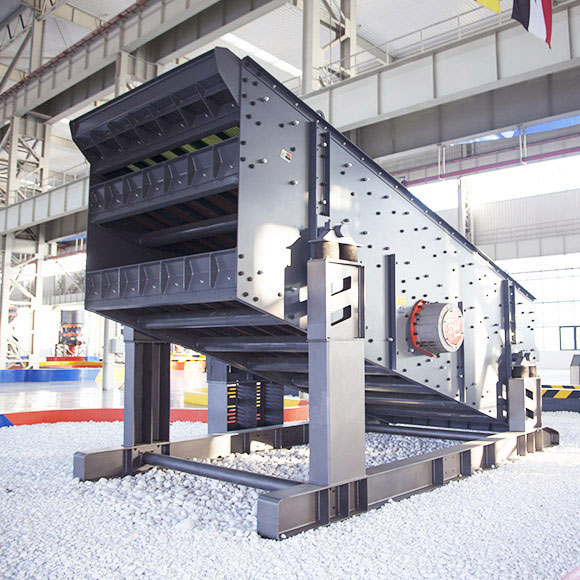Anti-vibration mountings play a crucial role in the effective operation of vibrating screens. Vibrating screens are widely used in industries such as mining, construction, and manufacturing to separate materials based on their size and shape. However, the high-frequency vibrations generated by the screens can lead to excessive noise, structural damage, and reduced equipment lifespan if not properly addressed. Anti-vibration mountings offer a solution by isolating the vibrating screen from its surrounding environment and minimizing the transmission of vibrations.
The primary function of anti-vibration mountings is to absorb and dampen the vibrations generated by the vibrating screen. These mountings are typically made from materials with high damping properties, such as rubber or elastomers. Rubber is a popular choice due to its excellent elasticity and ability to absorb vibrations across a wide range of frequencies. The mountings are strategically placed at various points on the vibrating screen, including the base, motor, and support structure, to effectively isolate and dampen vibrations.

One of the key advantages of anti-vibration mountings is the reduction of noise levels. Vibrating screens can produce significant noise, which can be a source of discomfort for operators and pose a risk to their health. By using mountings with high damping properties, vibrations are absorbed and converted into heat energy, minimizing the propagation of sound waves. This results in a quieter working environment, enhancing the overall operational efficiency and safety of the vibrating screen.
Furthermore, anti-vibration mountings help to protect the structural integrity of the vibrating screen and its surrounding equipment. Excessive vibrations can lead to fatigue failure, cracks, and premature wear in the screen components, such as the frame, beams, and mesh. By isolating the vibrating screen, the mountings reduce the dynamic loads and stress on these components, thereby extending their lifespan and reducing maintenance costs.
The use of anti-vibration mountings also improves the overall performance and accuracy of the vibrating screen. Vibrations can affect the screening efficiency and accuracy by causing material blinding, reduced throughput, and inaccurate separation. By minimizing the transmission of vibrations, the mountings ensure a more stable and consistent screening process, resulting in improved product quality and increased productivity.
When selecting anti-vibration mountings for vibrating screens, several factors need to be considered. These include the magnitude and frequency of the vibrations, the weight and size of the vibrating screen, and the environmental conditions in which it operates. It is crucial to choose mountings with appropriate load-bearing capacities and stiffness to effectively isolate the vibrations.
